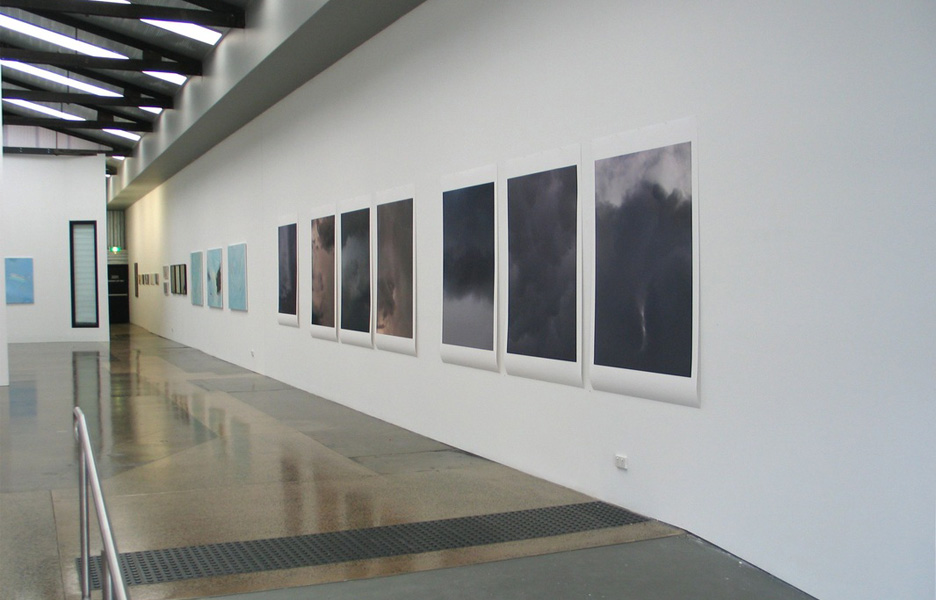
Q&ADR: Richard Glover – architectural photographer
Q&ADR: Richard Glover – architectural photographer
Share
Every week in our Q&ADR column, ADR interviews an architect, designer, object maker or industry person about who they are beyond the work – their life, inspiration, challenges and aspirations.
This week we meet architectural photographer and creative Richard Glover. Glover shares some of the challenges of working as a sole enterprise, the inspiration of the modernist movement and why Australia should appreciate the significance of creative pursuits.
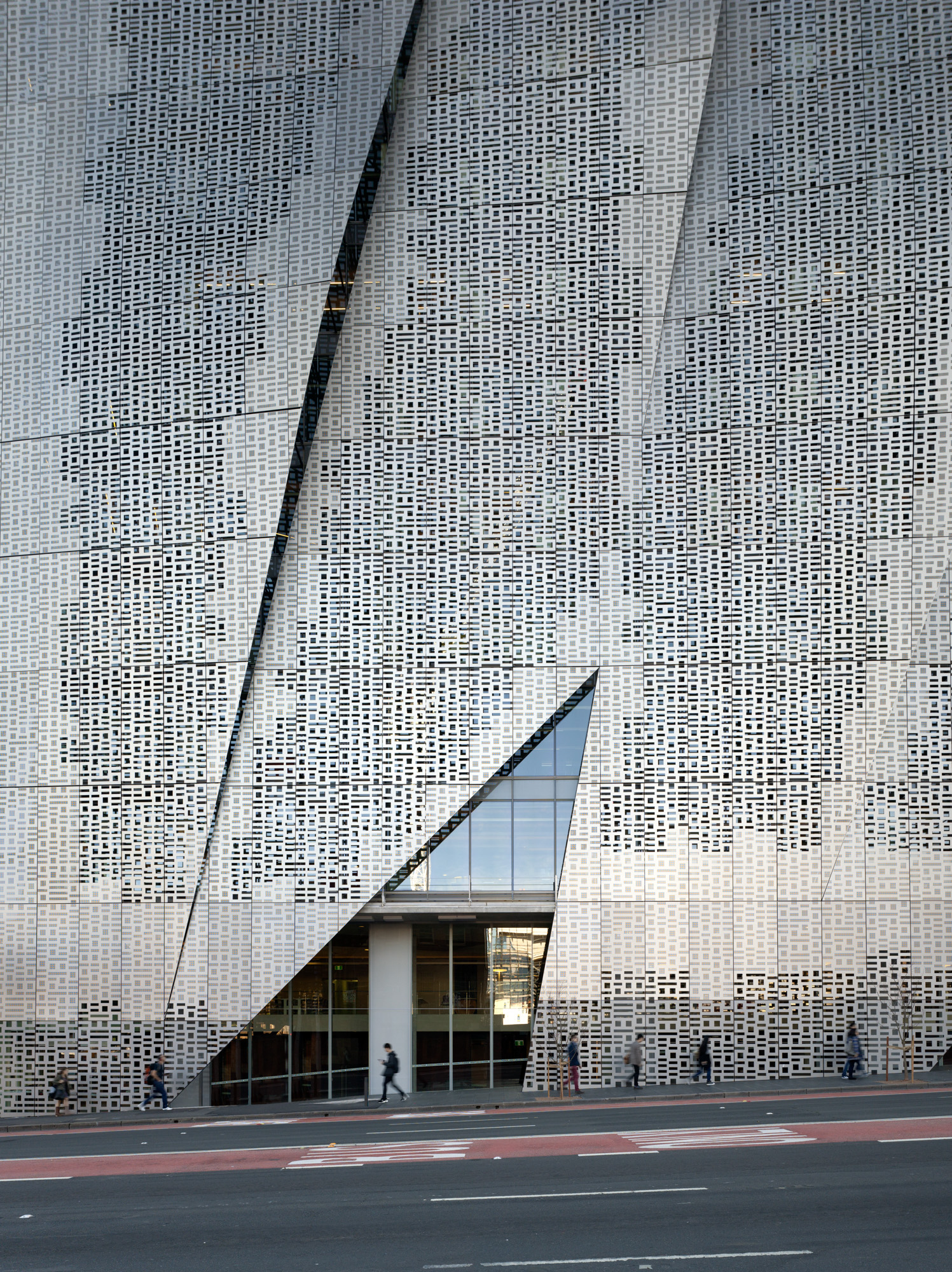
UTS Faculty of Engineering & IT, Sydney, by Denton Corker Marshall. Photo by Richard Glover.
Can you tell us about yourself and how you ended up working within the architecture industry?
My original vocation was in graphic design and advertising, which gave me great insight into several applied art industries. When I decided to become a photographer, I initially worked with many different photographic genres and for different industry sectors.
Moving to London to further my career, however, forced me to pursue the work that I did best and was most interested in, which was architectural photography. Following this, my involvement with the architecture industry naturally became very close.
My role as a documenter and illustrator of completed architectural projects requires me to have a solid understanding of the design, concept and construction processes, the language of architecture and the role that it plays in society more generally.
What are the challenges and rewards that come with working as an architectural photographer?
The challenges are many. Regarding the photograph making process itself, there are endless logistical and physical problems do deal with, including things like working and dealing with people on location (home owners, clients, office workers, passers-by, security, contractors, etc.), working to tight deadlines, weather and site restrictions. Naturally, the weather plays a particularly important role and fitting several jobs during a window of fine conditions can be very stressful.
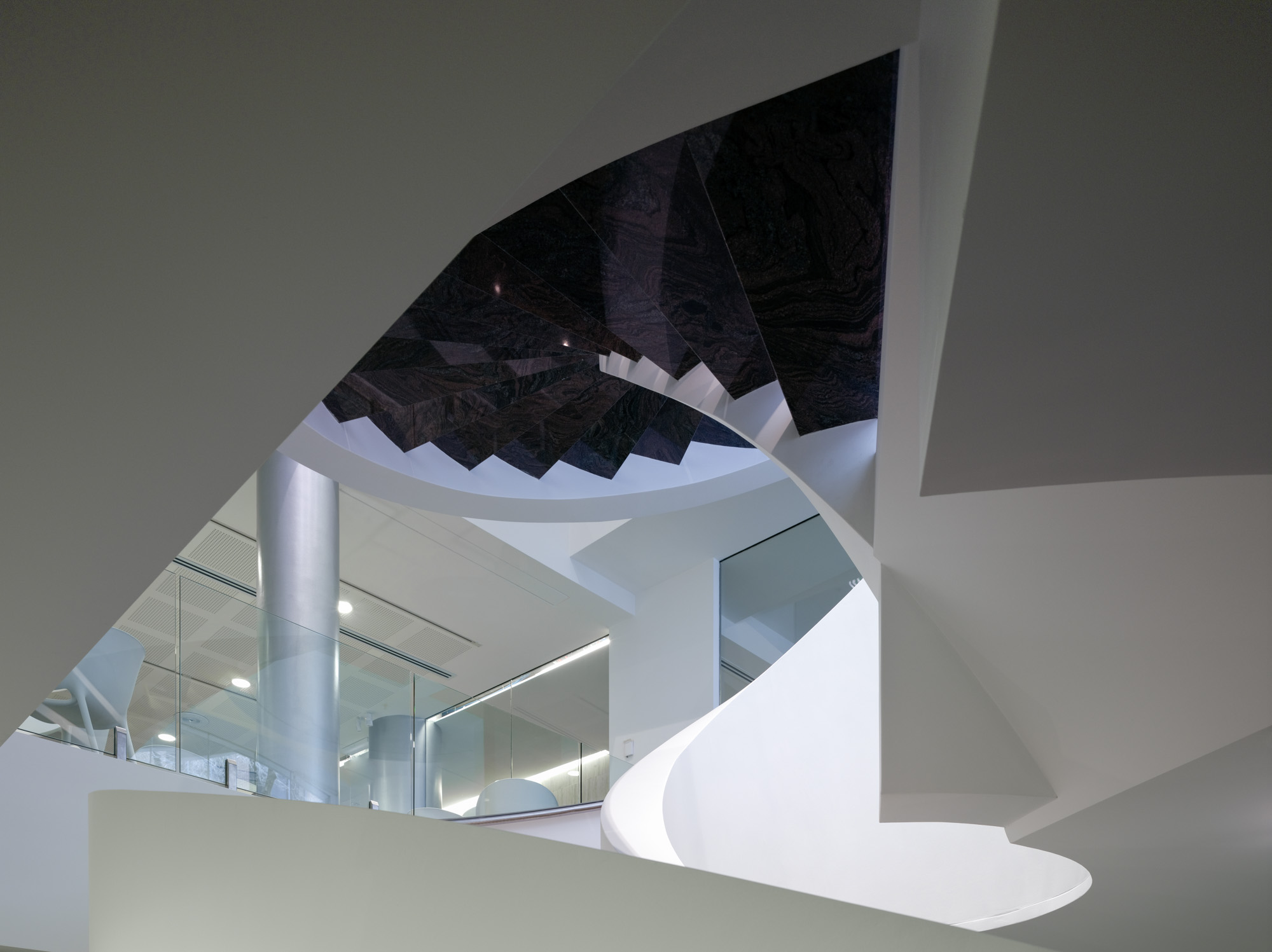
Alliance Français, Harry Seidler & Associates. Photo by Richard Glover.
Another significant and ongoing challenge is being self-employed. As a creative applied artist, I can only ever be a sole enterprise. I can never expand my business to include others to create my vision as an architect or graphic designer might. Consequently, I am the only one who can deliver the results, which puts added pressure on my shoulders.
Being a creative is also part of the reward. I help others by applying my creativity and experience to help illustrate their work. A good result is a very personal and special reward.
Projects also present fresh places and environments to travel to and experience, which can be challenging, interesting and exciting.
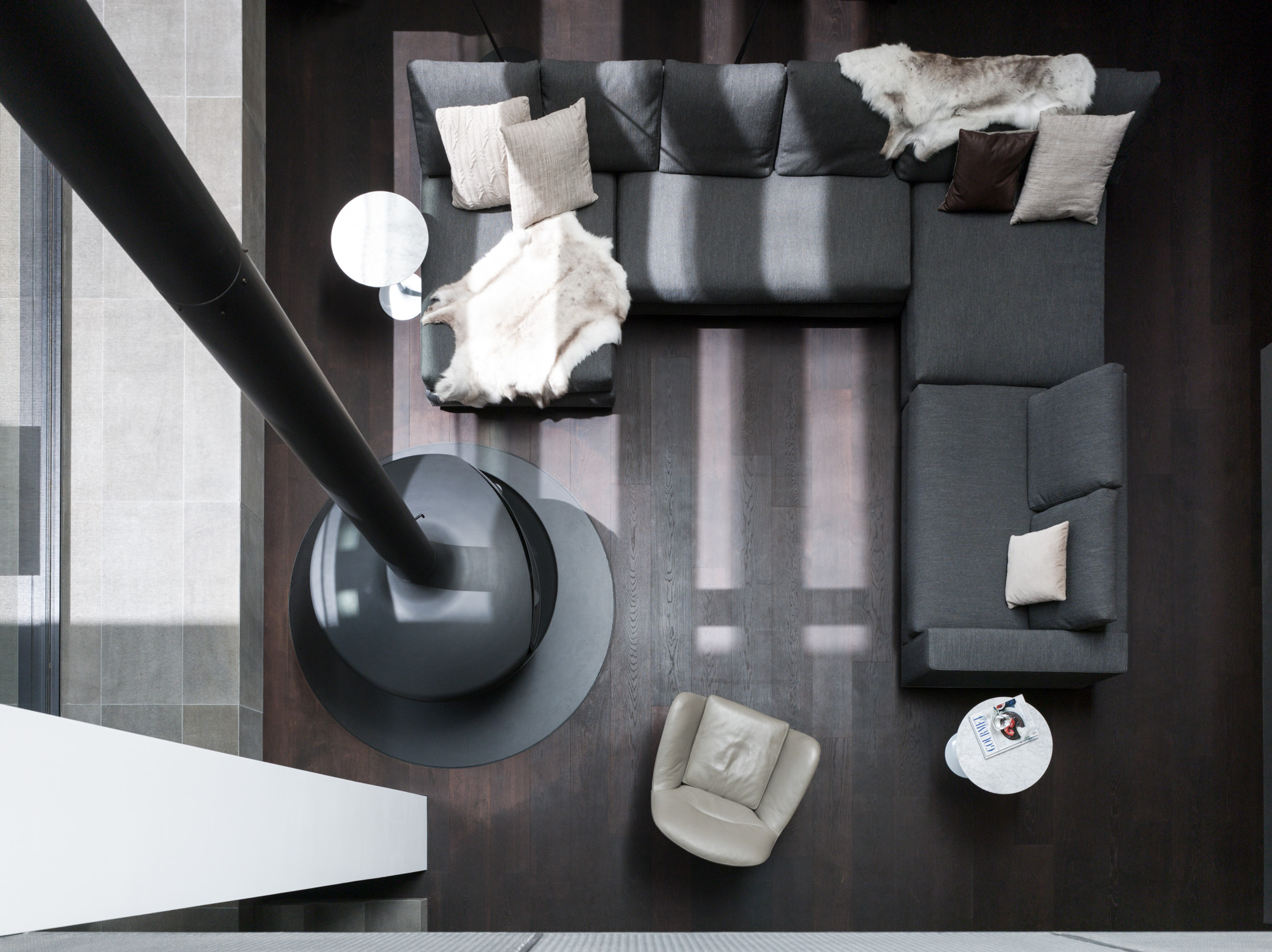
W House, MCK Architects. Photo by Richard Glover.
Who/what/where are you inspired by?
I have been inspired by many people, movements and places. Certainly, historic photographers such as Charles Marville, Eugene Atget, Walker Evans and more contemporary artists Stephen Shore, the Bechers and Thomas Struth. Australian landscape photographers Mark Lang and Phillip Quirk were early influences and mentors.
Modernist architects (and modernism generally) still resonates. As I’m very interested in the built environment and its transitionary nature, I always love exploring cities and urban centres, whether large or small.
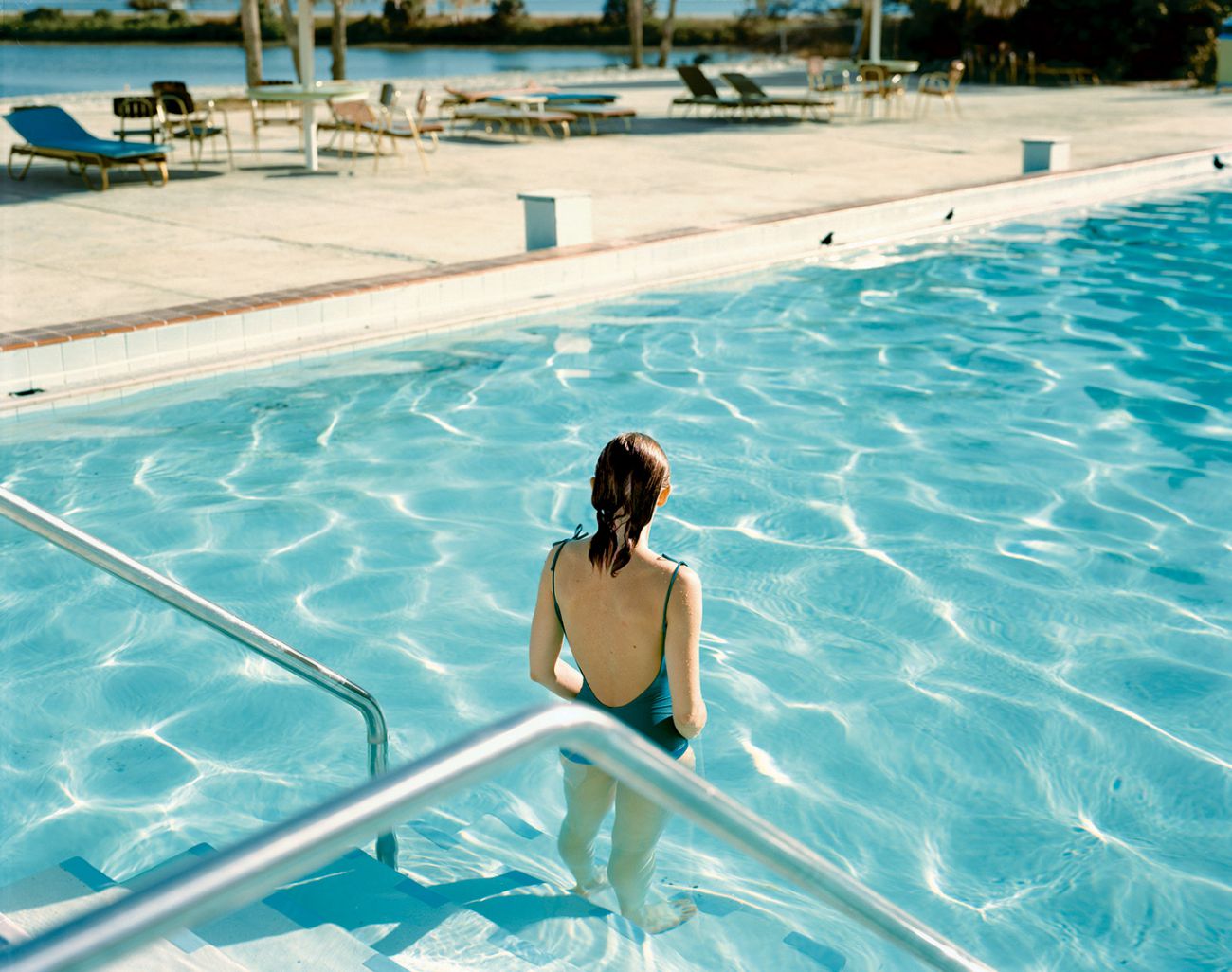
Ginger Shore causeway, Florida, 1977, by Stephen Shore from the ‘uncommon places’ series.
What is your favourite space/place in Australia and why?
I do love Sydney. It is a great place to live and has provided much for me photographically. Certainly, I love visiting nondescript rural and coastal areas – the most recent of note was the tiny town of Comboyne, inland along the mid-north coast of NSW – quirkily picturesque.
What is your pain point with the Australian creative industry?
My career has spanned working in Australia and Europe. In some ways, non-Indigenous Australia is still a young and maturing cultural entity. It does not fully appreciate the significance that art, design and the application of creative pursuits has for the benefit of societal development as I’ve experienced in Europe. Consequently, urban ‘development’ tends to be driven by economic and political factors.
However, I believe the creative industry in Australia is very well educated, informed and intentioned. Perhaps my ‘pain point’ is simply that we do not defend our position with enough purpose to change the general appreciation that development should be predominantly cultural rather than driven primarily by pragmatic concerns.
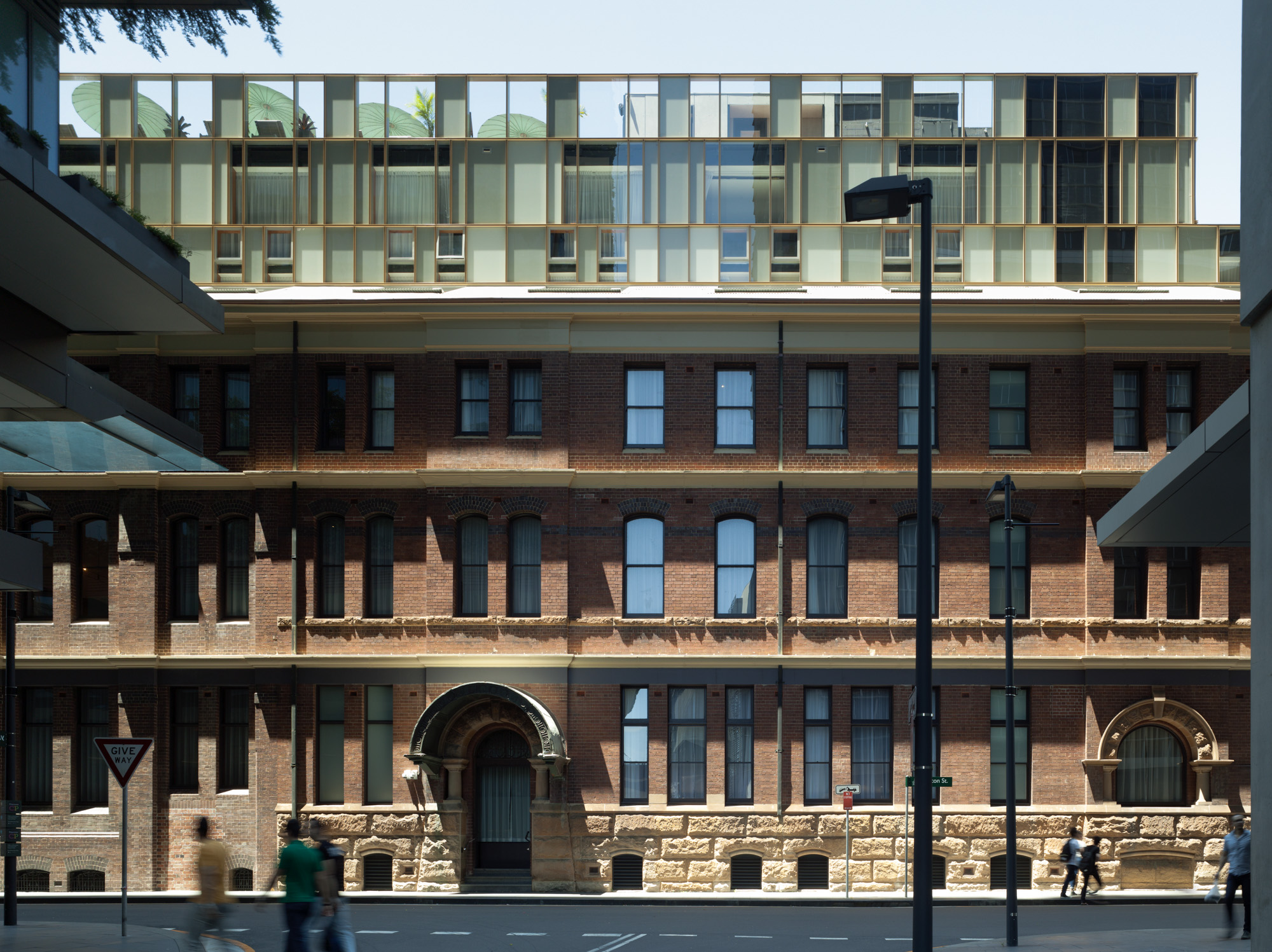
The Old Clare Hotel, TZG Architects. Photo by Richard Glover.
What are you currently working on/what’s up next?
A recently completed assignment includes an interior project at the University of Newcastle for Geyer. Also, I am currently documenting a large suburban hospitality venue for up-and-coming practice H&E Architects.
I am working on a monograph for one of my most valued architectural clients, which is very exciting.
My teaching session has begun again at UTS – I lead a subject devoted to the appreciation of photography in the practice of architecture. My students have practical and conceptual tuition on photography’s role as the primary medium for communicating architecture.
I also have a special project that is nearing completion and is earmarked for exhibition later this year. It is not quite ready for a preview but it continues my exploration and documentation of the changing nature of the inner-city environment of Sydney and Melbourne.
Lead portrait by Jeremy Shaw.
You Might also Like
